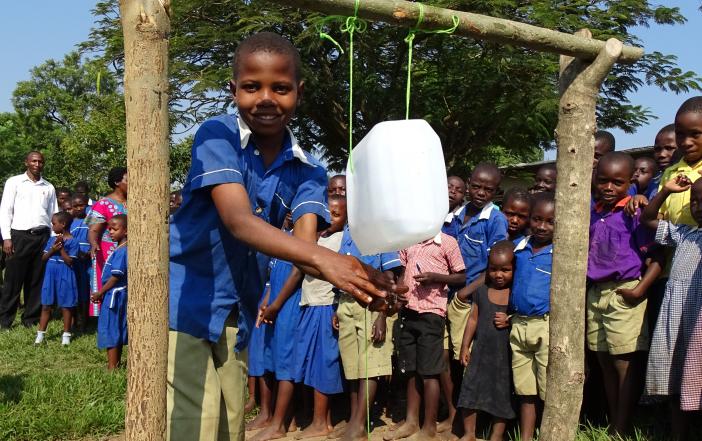Safe water is water that will not harm you if you come in contact with it. Water must have low concentrations of contaminants to avoid sickening the people who use it.
Module 3: Water and Me

Clean water is vital to every aspect of human life – we cannot survive without it. But dirty water is dangerous and can be deadly, especially for infants and young children. UN Water reported that, as of 2013, 2.5 billion people, including almost 1 billion children, did not have even basic sanitation. Every 20 seconds, a child dies as a result of poor sanitation, unsafe water, and lack of good hygiene – that equals 1.5 million deaths each year that could be prevented with access to sanitation, good hygiene, and safe water.
“Individuals should never underestimate their own influence and the role they can play in changing things for the better.” – Kofi Annan, former United Nations Secretary-General
Thematic concepts
Dehydration is the condition that results from excessive loss of body water. In severe acute malnutrition, dehydration is caused by untreated diarrheal disease that leads to the loss water and electrolytes.
Water, sanitation, and hygiene are frequently referred to together as “WASH.” Because poor water, sanitation, and hygiene have serious consequences for children’s lives around the world, many worldwide organizations have WASH programs.
Activities
Time: 50 minutesGoal for Learning: Introduce the concept of filtering water, and encourage students to learn more about making water safe.
Time: 15–20 minutesGoal for Learning: Students learn the critical importance of wahsing their hands to prevent the spread of disease.
Time: 50 minutesGoal for Learning: Encourage awareness that water is essential for healthy living, and fruits and vegetables are also an important source of water.
